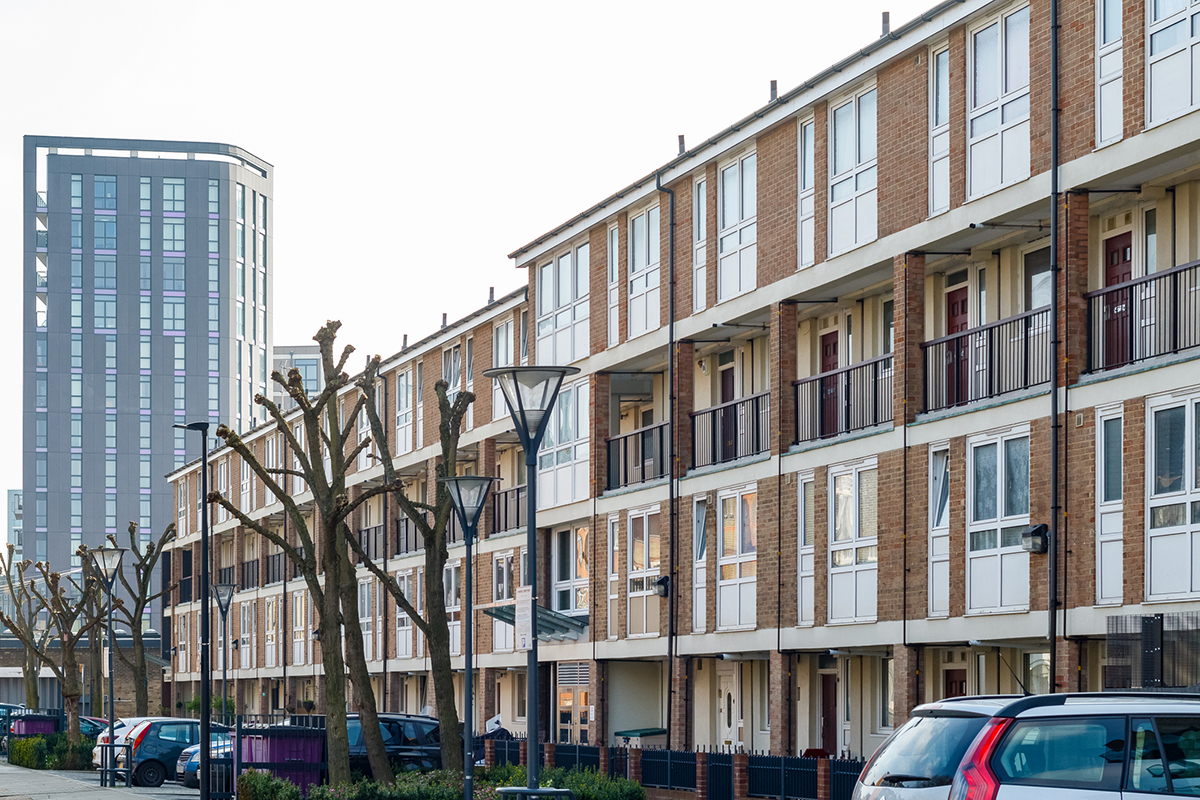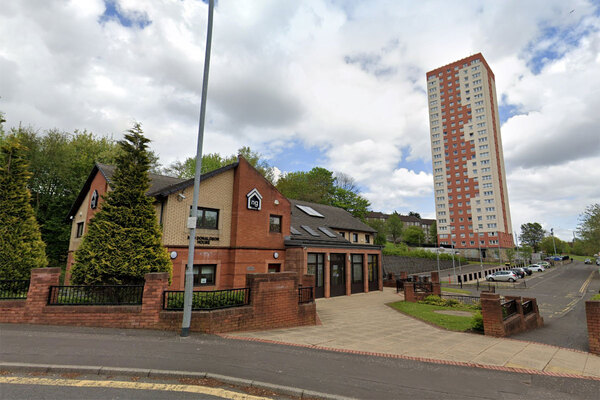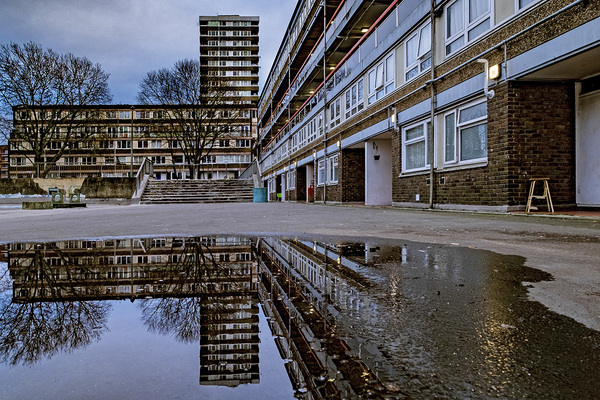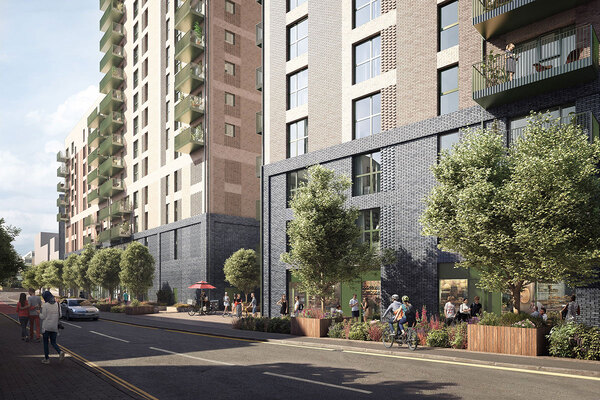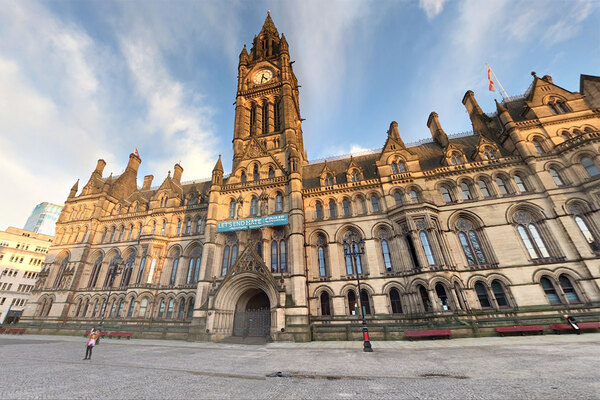You are viewing 1 of your 1 free articles
Right to Buy subletting: two years on
Two years ago, Inside Housing revealed 37.6% of former Right to Buy homes were being rented privately. Now, an even more thorough survey shows the problem is getting worse.
In 1979 when minister for the environment Michael Heseltine introduced the legislation which would eventually become the Right to Buy, he said it would be “one of the most important social revolutions of this century”.
He was not wrong. Since then around 1.5m homes have been sold under the scheme, altering the picture of council housing in this country forever.
But in August 2015, Inside Housing research revealed another side to the story of the famous Thatcherite policy.
It showed that 37.6% of ex-council homes sold under the Right to Buy were not occupied by the happy homeowners the Tories had intended. Instead, they were now part of the private rented sector (PRS) - owned by a millieux of former council tenants, buy to let investors and letting companies and let at often exorbitant rents.
This has both driven and reflected changes the housing market as a whole during this time. When the Right to Buy was first implemented, the PRS made up around 12% total housing in England. Today, 20% of households rent from private landlords. The proportion of people in social rent housing has plunged from 31.4% to 17.2%.
No sincere discussion of council-owned housing is therefore complete without consideration of the Right to Buy. Yet, despite the apparent focus on social housing following Grenfell, the English government has said little on the policy. A second pilot of the long-promised and controversial extension for housing association tenants was confirmed at the Autumn Budget, but otherwise it has been absent from the debate – despite extensive campaigning from the Local Government Association (LGA) and other others for reforms.
As the government works on its Social Housing Green Paper, Inside Housing thought it was time to revisit the phenomenon of ‘Right to Buy-to-let’.
Freedom of Information Act requests have procured figures from 107 councils for the number of leasehold properties sold under the Right to Buy for which the leaseholder has a separate address. This method does have its shortcomings: it does not count houses where a freehold is sold and it may include a handful of properties that have been gifted to a family member. But it is the only way to estimate how much former council stock is being rented privately, and many authorities use it to gauge levels of subletting.
The authorities which returned responses have recorded a combined total of 161,396 leasehold Right to Buy sales. Of these, 62,204 are thought to be sublet.
That is 38.6% – one percentage point higher than shown in our previous survey of 92 councils 16 months ago and a 2.7% rise overall.
And when compared with the 61 authorities which returned data for both requests, there is a 2.5 percentage point rise up to 41.1% - an increase of 6.5%.
While this growth is marginal, it is enough to spark concern.
Indeed, Eamon McGoldrick, managing director of the National Federation of ALMOs, suggests actual levels of subletting could be significantly higher than is suggested by the data.
“people don’t tell the council they are subletting xxxxxxxxxxxxxxxxxxxQUOTE TO COMExxxxxxxxxxxxx,” he said.
Milton Keynes remains the Right to Buy-to-let capital, with 70.9% of its leaseholds in the PRS, up from 69.6% in 2015.
And some councils have seen significant increases in levels of subletting in the last year or so. Redbridge in east London stands out, with the proportion of its ex-council flats being let by private landlords rising from 24.5% to 43.9%. The number of leaseholders in the borough with an away address has almost doubled from 590 in August 2015 to 1,086. The council did not respond to a request for comment.
But other councils have seen the reverse. Stevenage and Blackpool, for example, which had the second and third highest levels of Right to Buy subletting according to the previous survey. While they returned figures before of 65.4% and 65.2%, current rates are 53.3% and 46.3% respectively.
Stevenage Borough Council said it does not have a buy-back scheme or another policy to claw back homes from the PRS and that it was difficult to know what is behind the drop. It suggested that more leaseholders may have informed the council that they were subletting in 2015. Private landlords electing to sell their former council homes would also contribute.
It is hard to overstate the negative consequences of this move for social housing policy. Council rents are on average £88 per week in England, while private rents are £210. In London, this gap grows from £108 a week to £359 for private rents. With the stock of social housing eroding, homeless families are increasingly housed in the private rented sector and more than £9bn each year is paid to private landlords in housing benefit. As council housing increasingly becomes private rented housing the tax payer suffers and those in need of a secure home suffer and a small number of companies and home owners grow - with the property originally sold off at a loss to the state.
“This is definitely the unintended consequence of the policy,” admits Eddie Hughes, Conservative MP for Walsall North and chair of Walsall Housing Group - one of the housing associations which may be involved in the pilot of the extension next year - though he insists he endorses the Right to Buy. “Perhaps we need to do more to encourage people to do more to see the benefit of holding onto the property and say, ‘instead of making a quick profit think about the long-term benefit to you and your family of holding onto that home.’”
But in many places, it seems the incentive to make a quick profit is still winning. Which may not be exactly the type of the social revolution envisaged by Mr Heseltine all those years ago.
|
Council |
Leaseholds |
Away address |
Level of subletting |
August 2015 level |
|
Milton Keynes |
1609 |
1140 |
70.85% |
69.63% |
|
Bolsover |
116 |
75 |
64.66% |
|
|
Brighton & Hove |
2871 |
1556 |
54.20% |
|
|
Canterbury |
354 |
190 |
53.67% |
46.78% |
|
Cheshire West & Chester |
317 |
170 |
53.63% |
|
|
Stevenage |
1408 |
751 |
53.34% |
65.42% |
|
Nuneaton & Bedworth |
448 |
233 |
52.01% |
47.44% |
|
Norwich |
2964 |
1436 |
48.45% |
|
|
Winchester |
371 |
178 |
47.98% |
|
|
Eastleigh |
34 |
16 |
47.06% |
|

